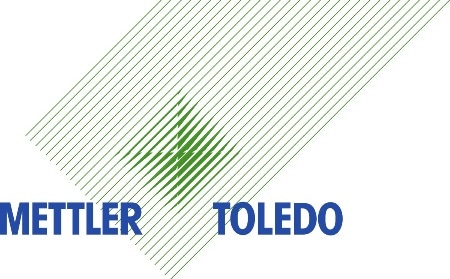.jpg)
Image Credit: lOvE lOvE/Shutterstock.com
Thermal analysis techniques help users to address problems associated with the processing and quality of oil and oil-based products in the petrochemical sector.
The techniques can be applied to measure the properties of materials as a function of time or temperature across a broad temperature range, starting at -150 °C in compliance with several international standards.
In the webinar, thermal analysis is employed to analyse materials in the petrochemical sector. It will also show some typical instances of samples measured by HP DSC, DSC, TGA, TOA, and DP methods.
Thermal analysis can be applied for research and quality control, either upstream in production and oil exploration or downstream in the manufacture of lubricants and petrochemicals and refinery processes.
The thermal properties and behaviour of products can be established to guarantee compliance with international standards in this extremely competitive field.
Crystallization and melting processes, material stability, Wax Appearance Temperature (WAT), softening and dropping points, and Noack volatility test are some instances of the vast number of applications in the petrochemical sector.
In this webinar, the main techniques of thermal analysis will be illustrated and some typical applications will be demonstrated.
The topics covered by the webinar are listed below:
- Introduction
- Petrochemicals
- Industries and applications
- International standards
- Thermal analysis
- Effects and applications for:
- Differential Scanning Calorimetry (DSC and HP DSC)
- Thermogravimetric Analysis (TGA)
- Thermo-optical Analysis (TOA)
- Dropping and Softening Points (DP)
- Summary

This information has been sourced, reviewed and adapted from materials provided by Mettler Toledo - Thermal Analysis.
For more information on this source, please visit Mettler Toledo - Thermal Analysis.